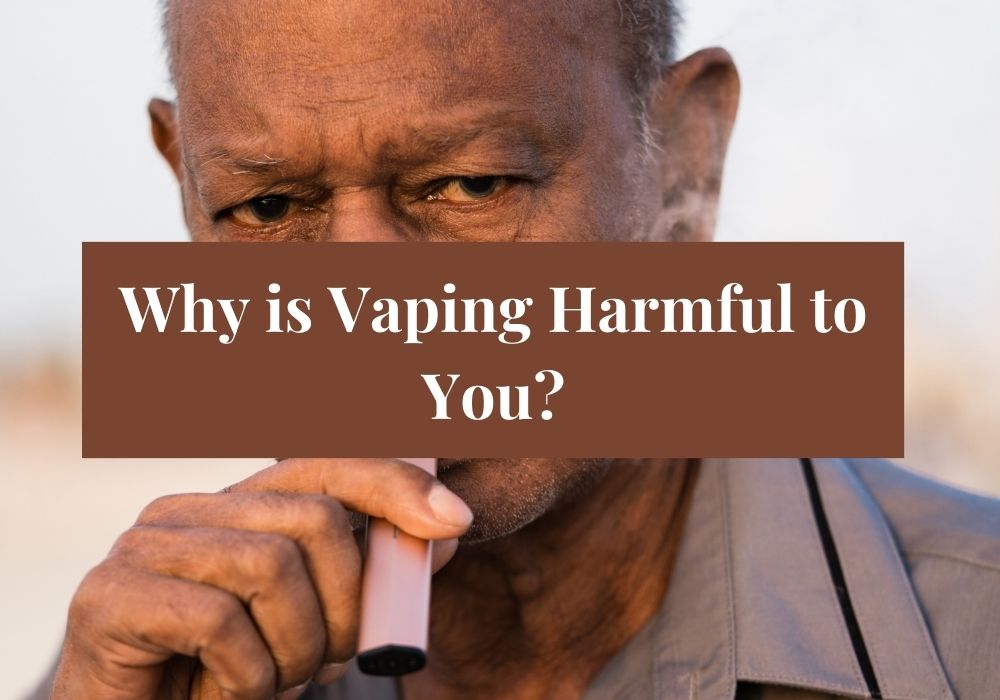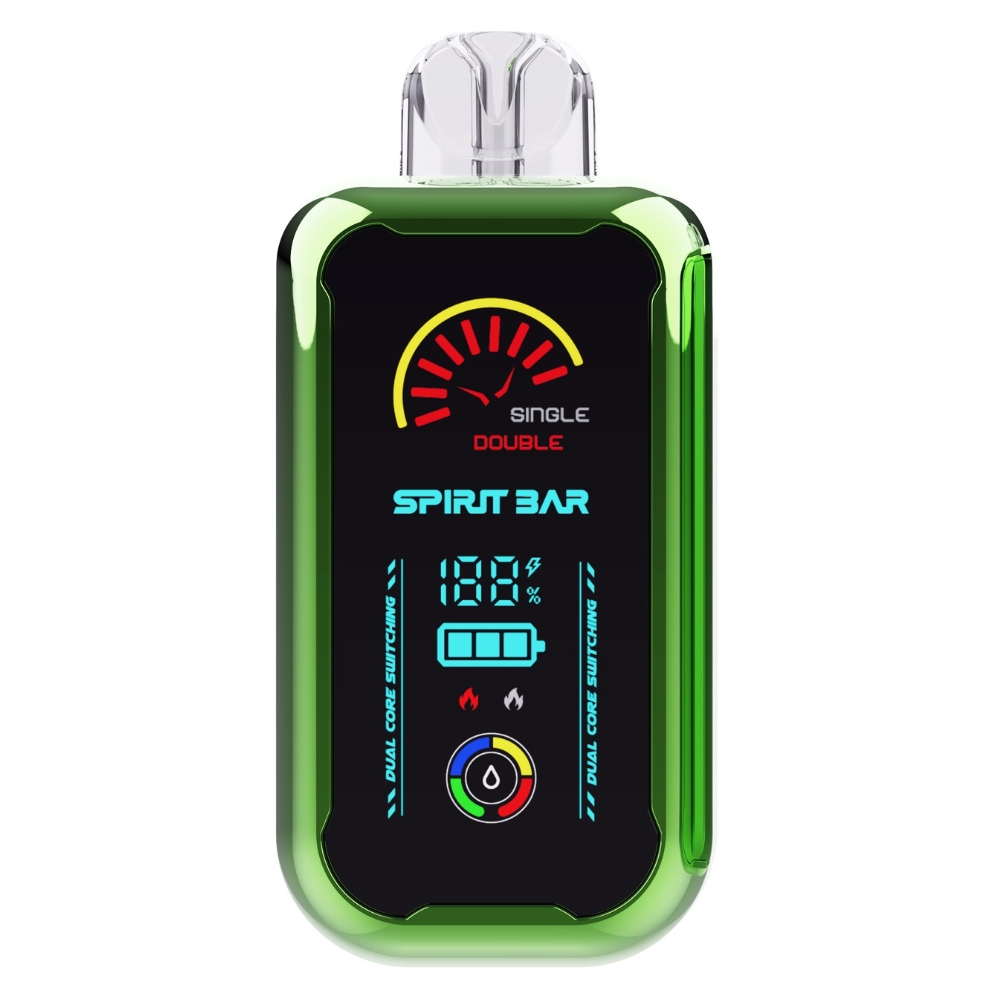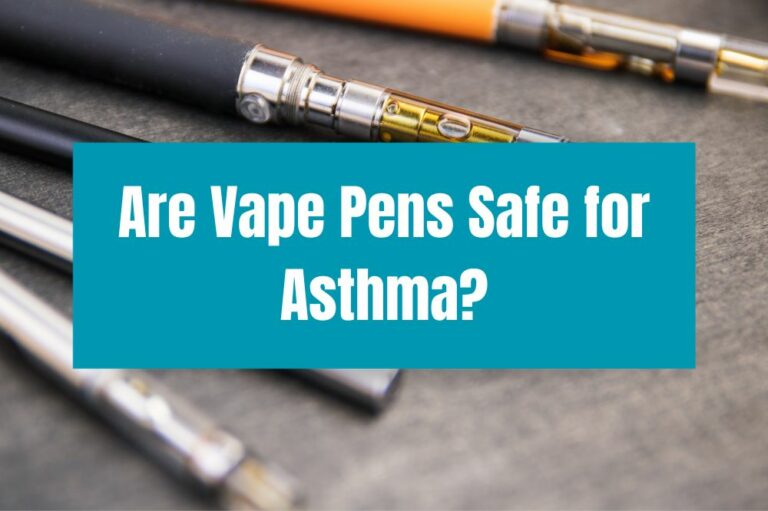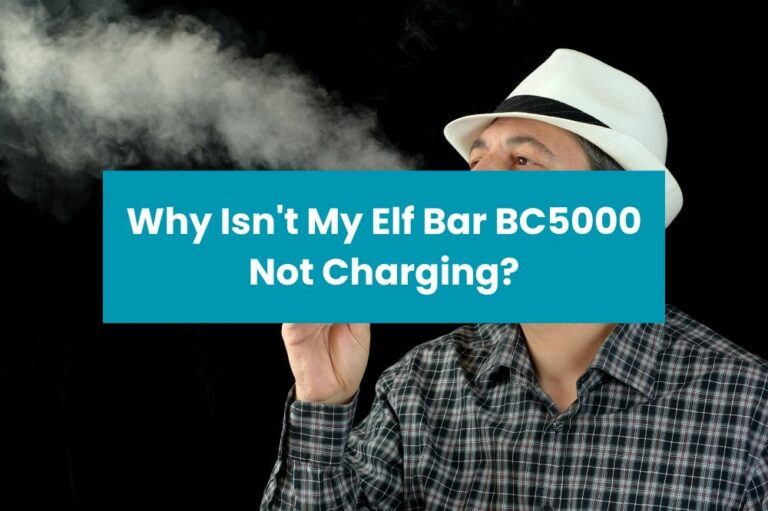Why is Vaping Harmful to You?

If you’re someone who vapes, you may be wondering whether or not it’s harmful to your health. The answer is yes, vaping is harmful to you. While it may seem like a safer alternative to smoking traditional cigarettes, vaping still exposes you to a number of chemicals and toxins that can have negative effects on your body.
One of the main concerns with vaping is the chemicals that are found in the e-liquids used in vape pens. These liquids often contain nicotine, which is highly addictive, as well as other chemicals such as propylene glycol and glycerin. When these chemicals are heated up and inhaled, they can cause damage to your lungs and airways, leading to a range of respiratory problems.
In addition to the chemicals found in e-liquids, vaping can also expose you to other harmful substances. For example, some vape pens can be used to smoke marijuana, which can have its own set of negative health effects. Additionally, the heating coils used in some vape pens can release tiny metal particles into the air, which can be inhaled and cause damage to your lungs over time. All of these factors make vaping a dangerous habit that can have serious long-term consequences for your health.
Understanding Vaping
What is Vaping?
Vaping is the act of inhaling and exhaling an aerosol, often referred to as vapor, produced by an e-cigarette or similar device. E-cigarettes are battery-operated devices that heat a liquid (usually containing nicotine, flavorings, and other chemicals) into an aerosol, which is then inhaled into the lungs. While vaping is often marketed as a safer alternative to smoking traditional cigarettes, it is still not safe and can cause harm to your health.
Types of Vaping Devices
There are various types of vaping devices available in the market, each with different features and designs. Some of the most common types of vaping devices include:
- Cigalikes: These devices are designed to look like traditional cigarettes and are often the first choice for beginners. They are small, easy to use, and usually disposable.
- Vape Pens: Vape pens are larger than cigalikes and have a refillable tank for e-liquid. They are often more powerful and customizable than cigalikes.
- Mods: Mods are the most advanced type of vaping device and are designed for experienced vapers. They are highly customizable and can be used to produce large clouds of vapor.
Regardless of the type of vaping device you choose, it is important to remember that vaping is not safe and can cause harm to your health.
Health Risks Associated with Vaping
Vaping has become increasingly popular in recent years, especially among young people. However, it is important to understand the potential health risks associated with vaping.
Respiratory and Lung Damage
Vaping can cause damage to your respiratory system and lungs. When you inhale the vapor from an e-cigarette or vape pen, you are inhaling chemicals that can irritate and damage your lungs. This can lead to breathing problems, wheezing, and coughing. In some cases, vaping can even cause lung damage that is similar to the damage caused by smoking cigarettes.
Cardiovascular Risks
Vaping can also increase your risk of cardiovascular problems. Nicotine, which is present in most e-cigarettes and vape pens, can cause your blood vessels to narrow and increase your heart rate. This can lead to high blood pressure, an increased risk of heart attack, and an increased risk of stroke.
Cancer Risks
While the long-term effects of vaping are still being studied, some studies have suggested that vaping can increase your risk of cancer. The chemicals in e-cigarettes and vape pens can damage your DNA, which can lead to the development of cancerous cells.
Overall, it is important to understand the potential health risks associated with vaping. If you are currently vaping or considering starting, it is important to talk to your doctor about the potential risks and how to quit if necessary.
Vaping and Addiction
Vaping has become a popular alternative to smoking traditional cigarettes. However, it is important to understand that vaping can be highly addictive. Here are two reasons why:
Nicotine Dependence
Nicotine is a highly addictive substance found in both traditional cigarettes and e-cigarettes. In fact, some e-cigarettes contain even higher levels of nicotine than traditional cigarettes. When you inhale nicotine through vaping, it quickly enters your bloodstream and reaches your brain, releasing dopamine which gives you a pleasurable feeling. Over time, your brain becomes dependent on this dopamine release and you may find yourself craving more nicotine in order to feel satisfied. This can lead to nicotine addiction, which can be difficult to overcome.
Gateway to Traditional Smoking
Studies have shown that vaping can be a gateway to traditional smoking. This means that people who start vaping may be more likely to start smoking traditional cigarettes in the future. This is because vaping can desensitize your lungs to the harmful effects of smoking, making it easier for you to transition to traditional cigarettes. Additionally, many e-cigarette flavors are designed to appeal to younger people, which can lead to experimentation with both vaping and traditional smoking.
In conclusion, it is important to understand the potential risks of vaping, including addiction. If you choose to vape, it is important to do so responsibly and in moderation.
Impact on Mental Health
Vaping can have a negative impact on your mental health. Although nicotine has not been found to directly cause mental health conditions, studies have revealed troubling links between vaping, nicotine, and worsening symptoms of depression and anxiety, as well as higher odds of having a depression diagnosis. Here are some ways vaping can affect your mental health:
- Nicotine addiction: Nicotine is a highly addictive substance found in many vaping products. Addiction to nicotine can lead to increased anxiety, depression, and mood swings. Withdrawal symptoms such as irritability, restlessness, and difficulty sleeping can also contribute to mental health issues.
- Coping mechanism: Vaping is often used as a coping mechanism by individuals suffering from depression, anxiety, or other mental health conditions. However, it could potentially worsen the existing mental health conditions. Nicotine interrupts the cerebral dopamine pathway leading to an increase in depressive symptoms.
- Impaired decision-making: Nicotine can impair your ability to make sound decisions, which can further exacerbate mental health issues. Impaired decision-making can lead to poor choices, which can have a negative impact on your life and overall well-being.
It is important to note that the long-term effects of vaping on mental health are not fully understood. However, there is evidence to suggest that vaping can have a negative impact on mental health, and it is important to consider this when making decisions about your health.
The Influence of Vaping on Youth
Vaping is a growing trend among young people, and it is important to understand the impact it has on their health. According to a 2019 survey, vaping among preteens and teens has reached a crisis point, and it threatens to undo years of public health efforts that had led to a decline in nicotine use.
One of the main concerns with youth vaping is the social pressure to vape. Teens may feel pressure from their peers to try vaping, and this can lead to addiction. It is essential to recognize and resist this pressure to protect your health.
Another concern is the risks of vaping. Vaping exposes children and teens to harmful metals and toxic chemicals found in e-cigarettes. People younger than 25 years old have a greater risk of brain damage from vaping, and younger people also have a greater risk of becoming addicted to nicotine from vaping. Young people who vape are more likely to take up tobacco cigarettes.
To address the increase in youth vaping, organizations like the National Institute on Drug Abuse (NIDA) are leading the charge toward prevention efforts. NIDA is supporting studies aimed at uncovering the long-term health effects of e-cigarettes in both teens and adults. It is essential to understand why youth vape and how vaping nicotine or marijuana may lead to addiction.
Educators can empower students to quit vaping and support them to live free from nicotine addiction. Encourage students to talk with their doctor or school nurse and connect with support services. By recognizing the risks of vaping and resisting social pressure, you can protect your health and make informed decisions.
Vaping and Pregnancy
If you are pregnant or planning to become pregnant, it is important to know that vaping is not safe for you or your baby. Most electronic cigarettes (e-cigarettes) contain nicotine, which can harm your baby’s developing brain and many other organs.
Nicotine is a highly addictive substance that can cause problems during pregnancy, including premature birth, low birth weight, and stillbirth. Additionally, e-cigarettes contain many other toxic chemicals that can harm you and your developing baby. While there is limited literature on the effects of vaping in pregnancy, the available evidence suggests that vaping in pregnancy has little or no effect on birth weight.
If you are a smoker, quitting smoking is the best thing you can do for your health and the health of your baby. Quitting early or before pregnancy is the best, but it’s never too late to quit smoking. For free support, call 1-800-QUIT-NOW (1-800-784-8669). Quitline coaches can answer questions, help you develop a quit plan, and provide support.
There are safer methods to quit smoking during pregnancy, such as nicotine replacement therapy (NRT) or counseling. NRT can help reduce your cravings for nicotine and withdrawal symptoms. However, it is important to talk to your healthcare provider before using any NRT products during pregnancy.
In conclusion, vaping during pregnancy is not safe for you or your baby. If you are a smoker, quitting smoking is the best thing you can do for your health and the health of your baby. Talk to your healthcare provider about the safest ways to quit smoking during pregnancy.








